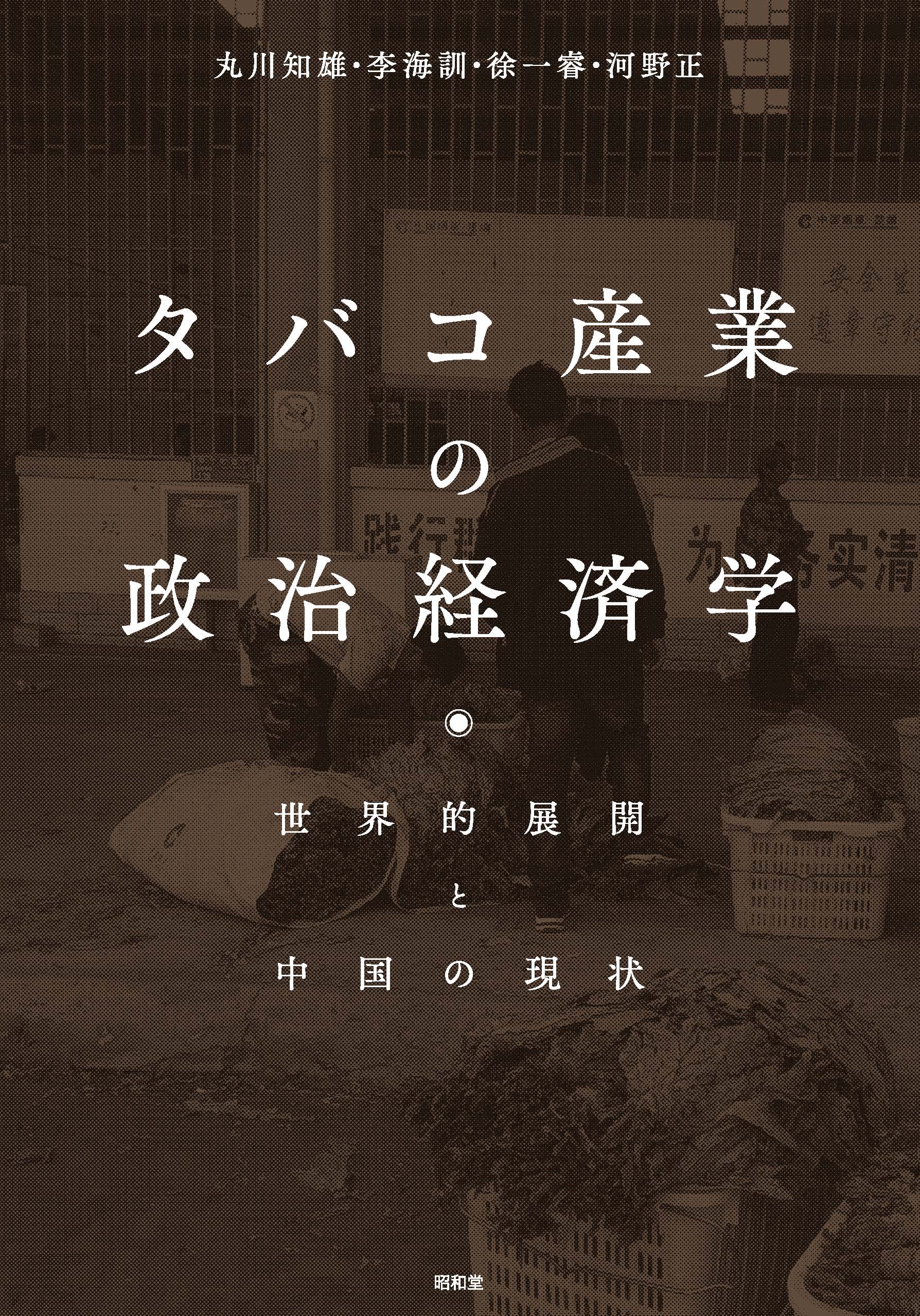
Title
Tabako sangyo no seiji keizaigaku (Political Economy of the Tobacco Industry - Its Global Development and the Current Situation in China)
Size
260 pages, A5 format
Language
Japanese
Released
May 31, 2021
ISBN
9784812220245
Published by
Showado
Book Info
See Book Availability at Library
Japanese Page
Do you have a good impression of tobacco?
I do not—I feel like cursing it when someone sitting next to me at a ramen restaurant starts smoking; the smoke ruins the aroma and flavor of the ramen I am about to eat!
However, I have to admit that tobacco is an important contributor to the state’s budget. The central and local governments in Japan collect 2 trillion yen in tax revenue every year from tobacco—this is equivalent to 50 percent of the revenue collected from the taxes levied on the purchase and ownership of automobiles. Notwithstanding such importance, our knowledge of the tobacco industry is more limited than that of the automobile industry—while there are plenty of research and journalistic articles on the automobile industry, there are only a handful of academic papers on the tobacco industry.
After several rounds of fieldwork in tobacco-growing regions in inland China, we realized the effectiveness of tobacco agriculture in alleviating poverty—this finding was the main motivation for us to publish this book. One of the places we visited was on the loess-covered hills near Yellow River. As it is impossible to build the facilities necessary to irrigate the hills, only maize and tobacco can be grown there. With the price of maize being low, peasants can hardly expect to earn a livelihood from it. Conversely, if an agricultural household grows tobacco on a one-hectare plot, it can earn a stable income, enough to lead a moderate life.
In China’s tobacco-growing provinces such as Yunnan, Sichuan, and Henan, most of the tobacco-growing regions are located in the mountainous areas, which lack conditions favorable for agriculture. Even in such places, peasants can come out of poverty by growing tobacco.
Humans have been consuming tobacco for more than a thousand years, and yet, it was only from the 20th century onward that the tobacco industry grew stupendously. The invention of a machine producing cigarettes on a large scale in the late 19th century made its growth possible. The two World Wars during the 20th century further prompted young men to take up smoking—as many as 80 percent of the male adults in Japan and the United States were habitual smokers in the 1960s. In the 21st century, however, the proportion of smokers in the adult population worldwide has been decreasing, and this trend is unlikely to be reversed. Thus, our book is about an industry destined to decline, offering a perspective of the 20th century, which, in our view, was the century of tobacco.
(Written by MARUKAWA Tomoo, Professor, Institute of Social Science / 2021)



 Find a book
Find a book

